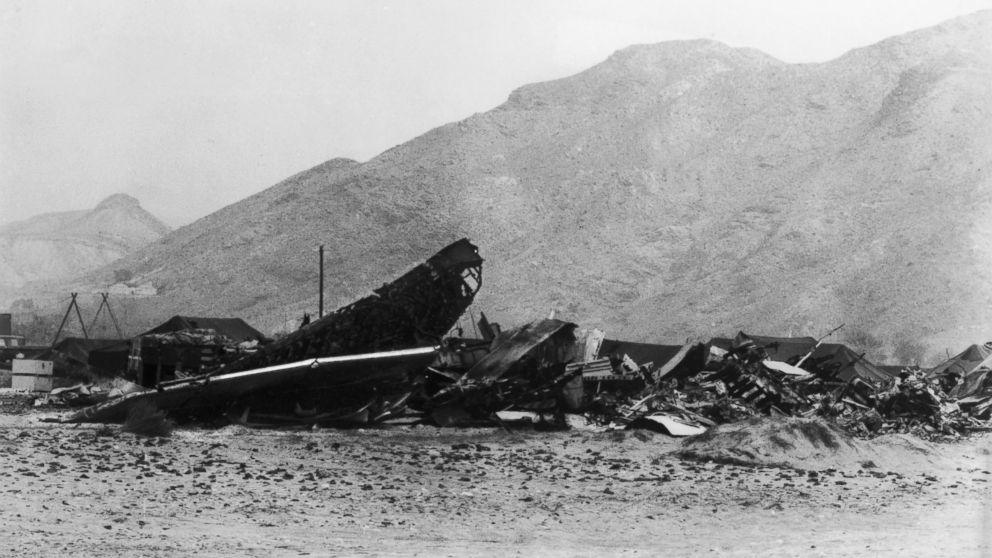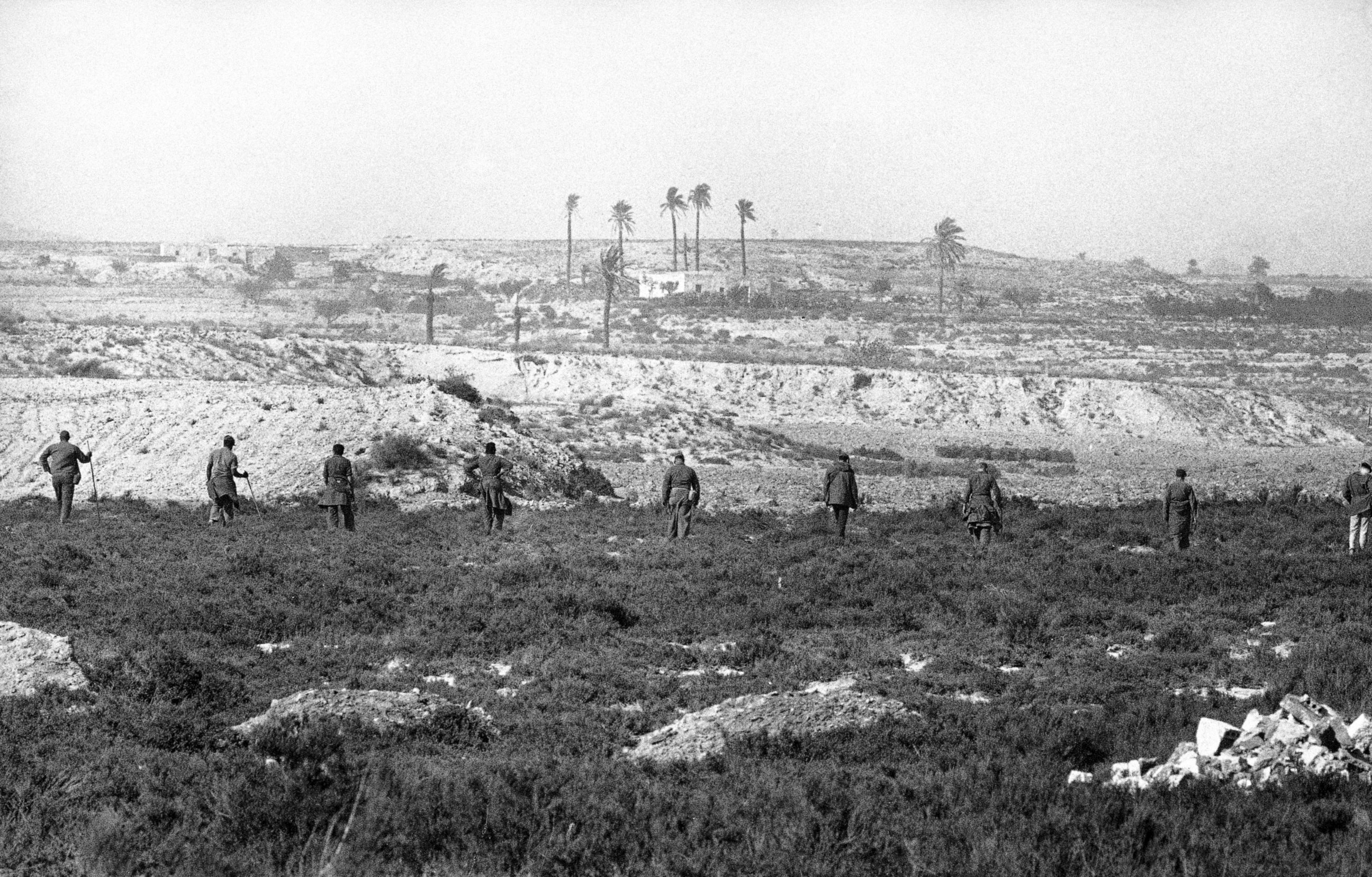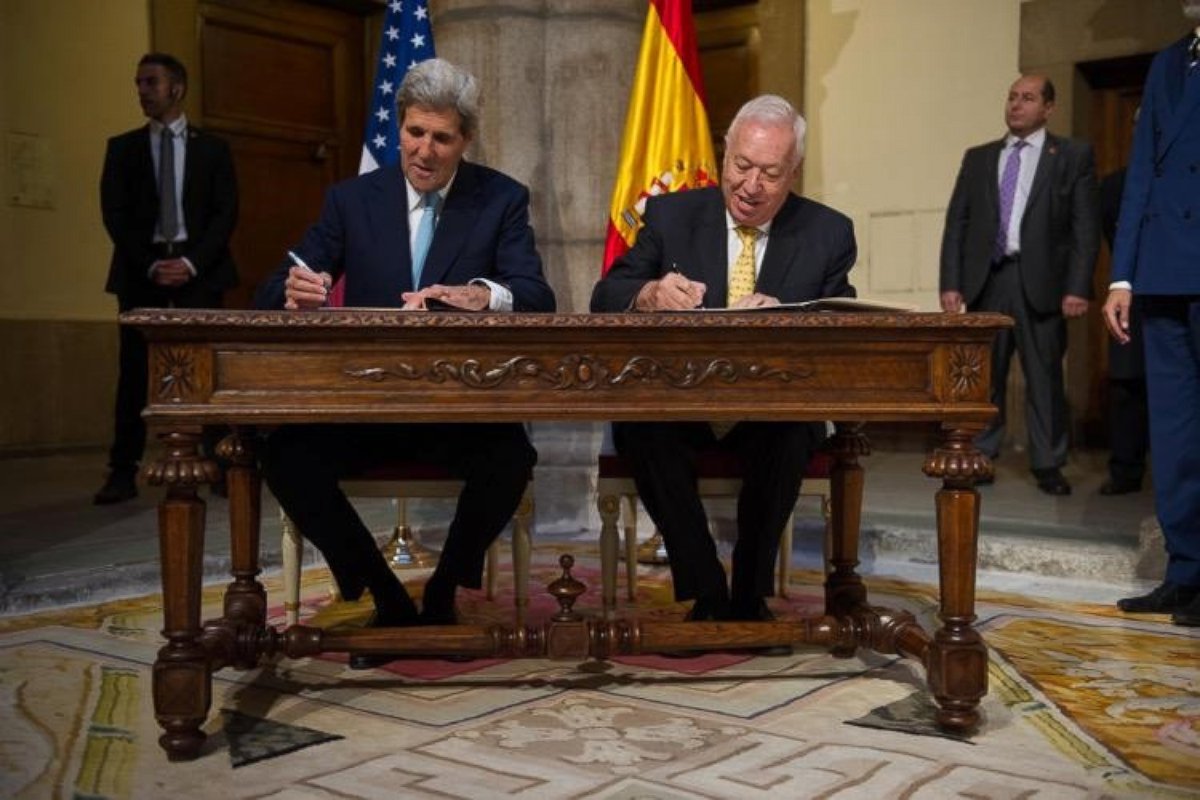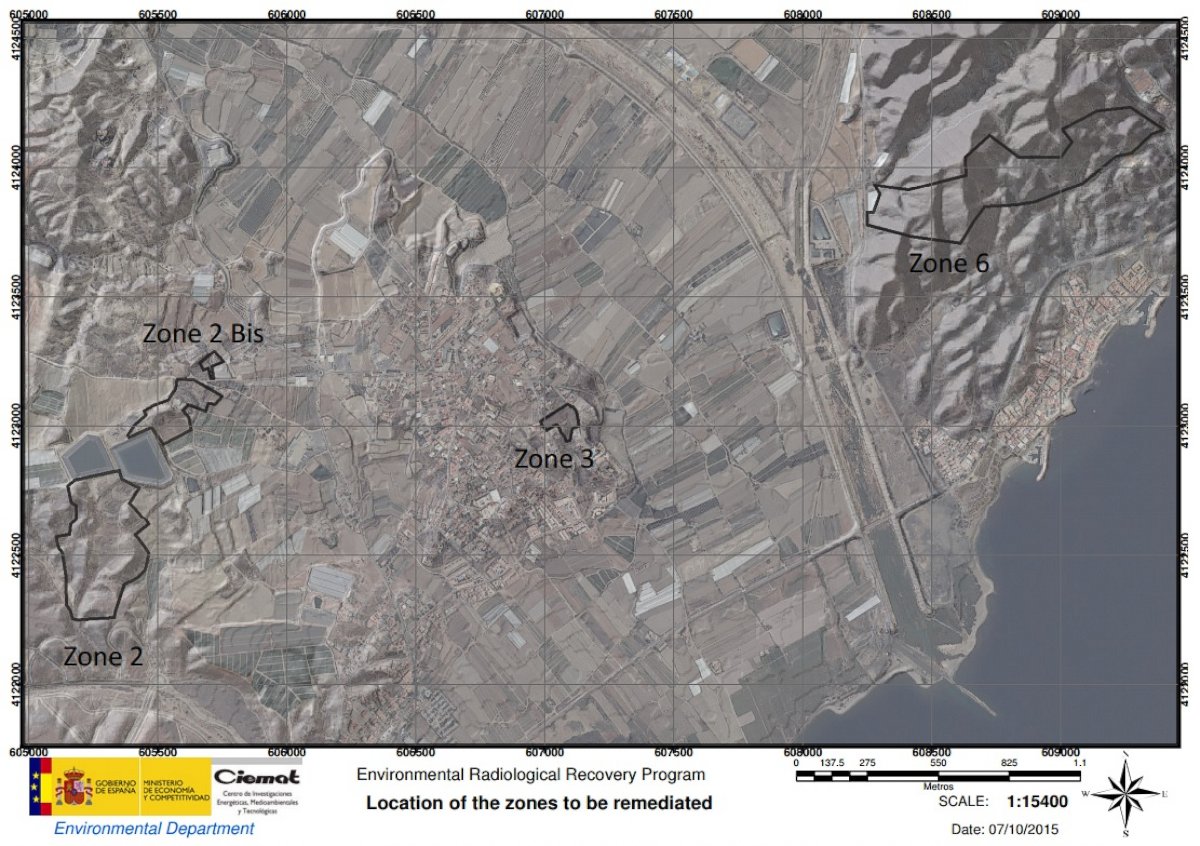Half-Century Later, US Promises to Clean Up Spanish Nuke Accident
In 1966, U.S. military accidentally dropped four nuclear bombs on Spanish coast.

— -- The U.S. and Spain announced their intention today to work to once-and-for-all “remediate” a coastal region of Spain, just shy of 50 years after the U.S. Air Force accidentally dropped four nuclear bombs there – two of which partially exploded and radiated the countryside.
The “statement of intent,” signed by U.S. Secretary of State John Kerry while on a visit to Madrid, says the U.S. and Spain “intend to negotiate as soon as possible” a plan to finish the decades-old clean-up job that began with a tragic accident a half century ago.
In mid-January in 1966 an Air Force bomber carrying four nuclear weapons crashed into its refueling tanker over the provincial Spanish beach town of Palomares and broke up, killing seven U.S. airmen and sending the four nuclear bombs screaming towards the earth. The planes had been part of a secret mission called Operation Chrome Dome, designed to keep American nuclear weapons in the air virtually around the clock amid tensions with the Soviet Union during the Cold War.

One of the bombs landed in the Mediterranean without exploding, sparking a long, intense and unprecedented ocean recovery effort – a Soviet spy ship was reportedly poking around the area as well at the time. Three of the others crashed down on land – one harmlessly into a sand dune on the beach just outside Palomares, and two others in the hillsides closer to town. In each of those two cases, however, the primary charge in the weapons managed to detonate spreading radiation from the bombs over much of the countryside. Luckily, the actual nuclear warhead did not detonate in any of the bombs and no one on the ground was killed in the accident.
The incident prompted one of the most complex search, recovery and clean-up operations in the world, involving hundreds of U.S. soldiers, sailors and airmen as well as Spanish troops, local authorities and citizens. A report compiled by the U.S. military in 1975 describes the effort to find the bombs, to test the locals for any health issues related to the radiation and to compensate them for any losses caused by the accident – most prominently suffered by farmers as many of the local crops had to be removed, as well as a significant amount of contaminated soil.

In the months after the crash, truckloads of contaminated soil was dug up, packed into thousands of 55-gallon barrels and sent by U.S. Navy ships to a nuclear waste facility in South Carolina. But the clean-up work was never fully done and Spanish authorities have pushed the U.S. to finish the job ever since.
Today, Kerry and Spanish Foreign Minister Jose Manuel Garcia-Margallo signed a memorandum of understanding (MOU) regarding a new effort to finish the clean-up – one that still has to be negotiated. In broad strokes, the new plan would include sending more nuclear waste to the U.S. for storage and to further “remediate” the affected area.
Kerry said today that the new memorandum will “form a new path.”
“And we have to build on today’s signing to take further action to resolve, once and for all, this very important issue,” he said.

lee.h.ferran@abc.com




